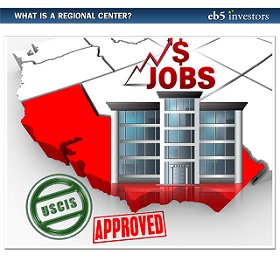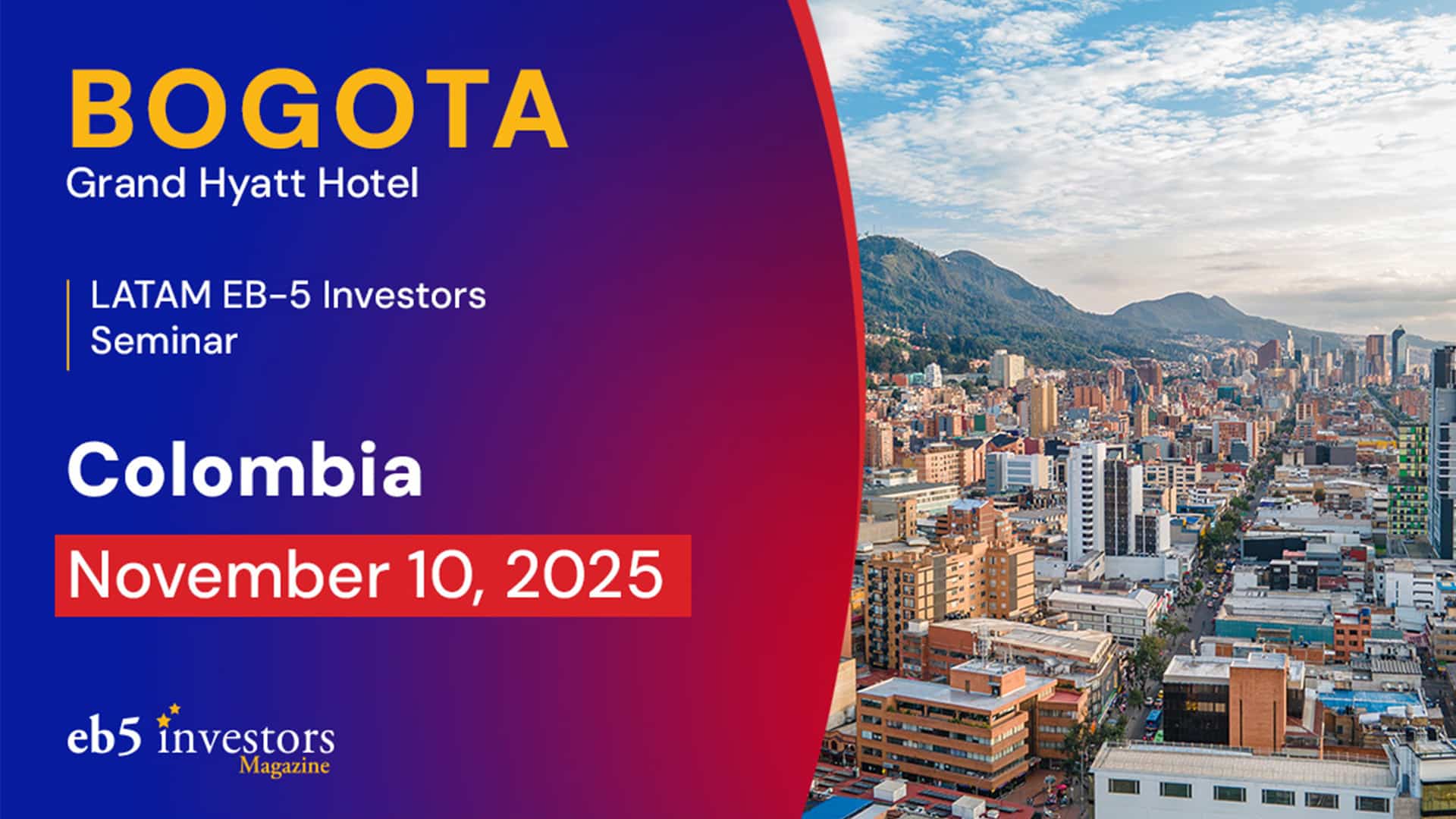By Kate Kalmykov and James Cormie
UPDATED BY DILLON COLUCCI ON SEPTEMBER 21, 2021
What is an EB-5 Regional Center?
An EB-5 Regional Center is an organization designated by United States Citizenship and Immigration Services (USCIS) that sponsors capital investment projects for investment by EB-5 investors. The major advantage for regional center designation is that the regional center can take advantage of indirect job creation. Regional centers help EB-5 investors and project developers because they lessen the difficulty of meeting qualifying job creation requirements under the EB-5 program rules.
Overview

The EB-5 Regional Center (RC) is an organization for investors and companies looking to complete a project under the EB-5 Program. A regional center can be any private or public economic entity that is involved with the promotion of increased domestic capital, job creation, improved regional productivity, and increased economic growth. Regional centers are best for EB-5 applicants who are more concerned with obtaining residency status rather than directly managing an investment on their own.
An RC represents one of two ways for EB-5 investors to obtain conditional permanent residence; the other being direct investment into a new commercial enterprise. Instead of investing directly into the project, the RC sets up an investment fund for the benefit of the EB-5 investors. Investors purchase equity stakes in the investment fund. Then, the fund either purchases equity in the job creating entity (the equity model) or loans the job creating entity money (the loan model). The job creating entity then uses the investment from the fund in the project to create jobs indirectly.
History
Modeled after other countries’ successful investor visa programs, Congress established the Immigrant Investor Program on Oct. 6, 1992 through Sec. 610 Public Law 102-395. This program allows foreign investors to come to the United States with an EB-5 visa that leads to a green card if they invest a certain amount of money into a new commercial enterprise that will facilitate U.S. economic growth by creating at least 10 fulltime jobs directly or indirectly per investor. After two years, if the project creates 10 jobs per investor, the conditions on that green card are lifted and the investor (and his or her family) becomes a permanent resident.
The regional center program was not reauthorized on June 30, 2021. However, the EB-5 direct investment stream is a permanent program.
Formation
Regional centers apply for designation by USCIS on Form I-924. The RC will be designated by USCIS to develop capital investment projects in a specific geographic area and in specific industries. Additionally, the RC will be designated to use certain economic methodologies to model indirect job creation. Applicants seeking to start a regional center also must provide USCIS with a hypothetical project or an actual “shovel-ready” project. Included in this application may also be an I-526 exemplar petition seeking project pre-approval for an actual project where EB-5 immigrants will make investments. Including an I-526 exemplar petition theoretically should speed up the adjudications of subsequent I-526 petitions filed by investors in that project.
Advantages of a Regional Center Investment
The main advantage for an RC is that USCIS will allow the project to count indirect and induced jobs in addition to direct jobs towards the job creation requirement. Direct jobs are actual identifiable jobs for qualified employees employed by the commercial enterprise into which the EB-5 investor has directly invested his or her capital (the fund). Indirect jobs are those jobs shown to have been created collaterally by the project as a result of capital invested in a commercial enterprise affiliated with a regional center by an EB-5 investor. Induced jobs are new jobs that are created within the community where a regional center is located as a result of income being spent by EB-5 project workers. The number of indirect jobs created through an EB-5 investor’s capital investment is based upon a business plan and a detailed economic analysis, which is evaluated and approved by USCIS during the approval and designation of a regional center for participation the Immigrant Investor Program.
Additionally, investors in a new commercial enterprise affiliated with an RC need not be involved in the day-to-day management of the business. Instead, the investor can be involved in the policy formation of the fund. Usually, the fund (or new commercial enterprise) is organized as a limited partnership or limited liability company. The investor can become a limited partner or member, respectively, and receive all of the benefits of the State’s Uniform Limited Partnership Act or Limited Liability Company Act. Those rights are sufficient involvement for the investor to qualify for an EB-5 visa in the regional center context. The investor need not commit to a certain amount of time directing the business. For some investors, the green card is the only goal of the EB-5 program. For others, the chance to control their business is essential, and in those circumstances, the investor may choose a direct investment over a regional center investment.
Many investors find the regional center investment model attractive because the investor can live anywhere in the United States. He or she does not need to live by the project. Additionally, he or she can work anywhere because employment is not tied to the new commercial enterprise or the project. The EB-5 visa also allows the investor’s dependents (spouse and unmarried children under the age of 21) to move permanently to the United States. The dependents can go to school or work without restriction in the United States.
Statistics
There are currently 792 USCIS-approved EB-5 Regional Centers as of Jan. 15, 2020 in operation across the United States, with more being approved regularly. This is a sharp increase from the 27 regional centers that operated in 2008. Regional centers can receive funding from multiple EB-5 investors, so long as each investor’s investment creates 10 fulltime jobs, which can enable them to accumulate more capital for their projects. Regional centers are also permitted to operate multiple EB-5 projects simultaneously.






